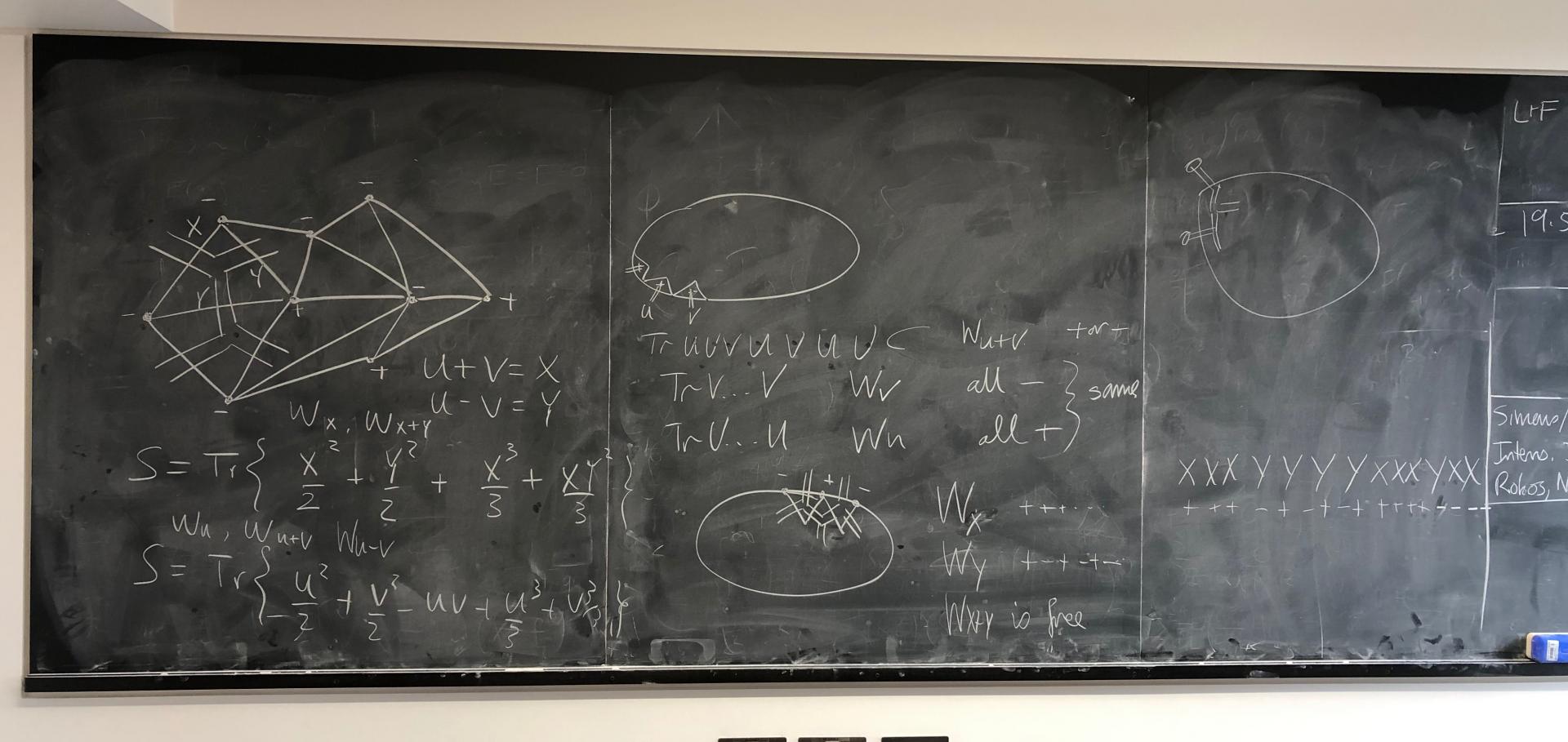Spectral dimension flow on continuum random multigraph
SIXTH INTERNATIONAL SCHOOL ON FIELD THEORY AND GRAVITATION-2012 1483 (2012) 455-460
Continuum Random Combs and Scale Dependent Spectral Dimension
ArXiv 1101.4174 (2011)
Abstract:
Numerical computations have suggested that in causal dynamical triangulation models of quantum gravity the effective dimension of spacetime in the UV is lower than in the IR. In this paper we develop a simple model based on previous work on random combs, which share some of the properties of CDT, in which this effect can be shown to occur analytically. We construct a definition for short and long distance spectral dimensions and show that the random comb models exhibit scale dependent spectral dimension defined in this way. We also observe that a hierarchy of apparent spectral dimensions may be obtained in the cross-over region between UV and IR regimes for suitable choices of the continuum variables. Our main result is valid for a wide class of tooth length distributions thereby extending previous work on random combs by Durhuus et al.Continuum Random Combs and Scale Dependent Spectral Dimension
(2011)
The Spectrum of FZZT Branes Beyond the Planar Limit
ArXiv 1011.5989 (2010)


